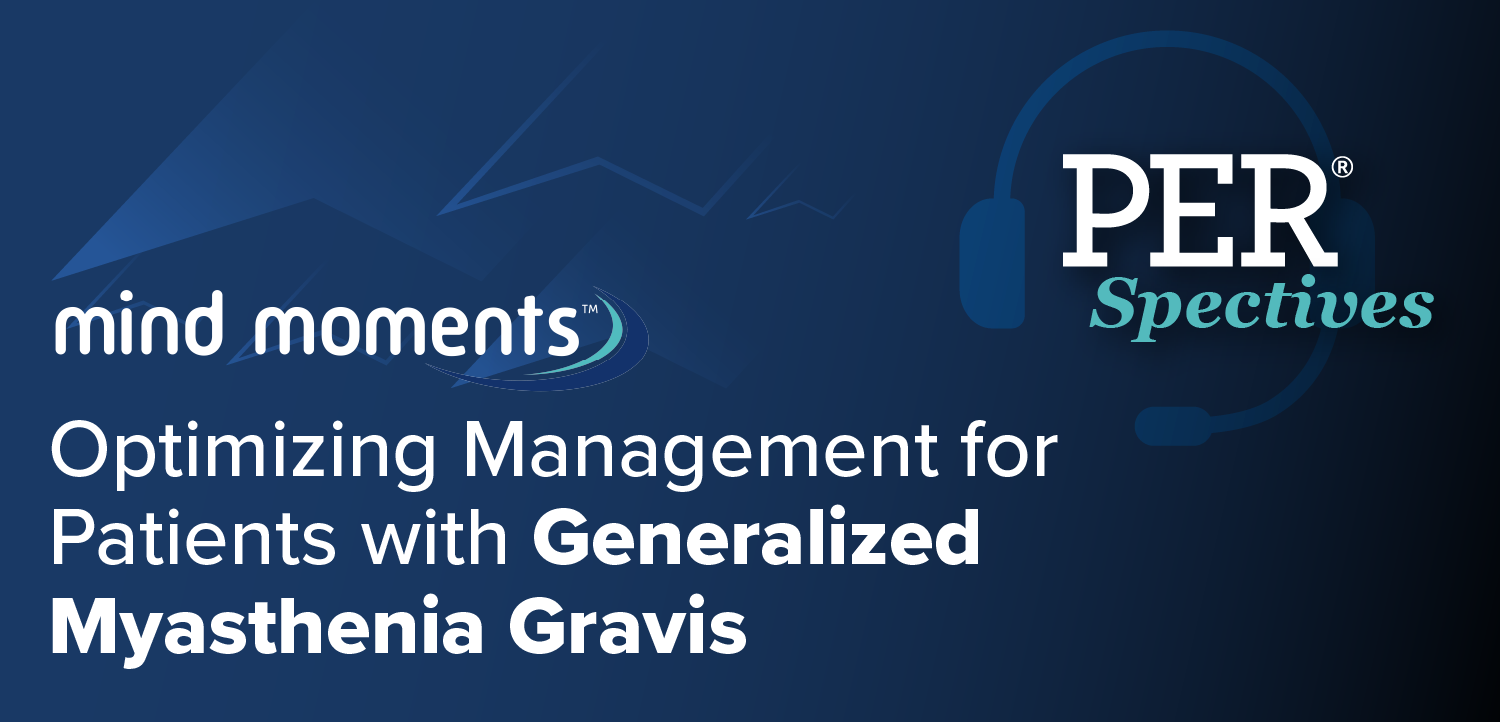
Gene Therapy Atidarsagene Autotemcel Improves Peripheral Neuropathy of Pre-Symptomatic Late-Infantile Metachromatic Leukodystrophy
Key Takeaways
- Arsa-cel gene therapy significantly improves peripheral neuropathy in pre-symptomatic LI-MLD patients, enhancing nerve conduction velocities by approximately 15 m/s in motor nerves.
- Higher arylsulfatase A expression from arsa-cel treatment correlates with improved nerve conduction velocities and slower decline in motor and sensory nerves.
Gene therapy arsa-cel significantly improves nerve function in children with late-infantile metachromatic leukodystrophy, outperforming traditional treatments.
In a post-hoc analysis of prospective single-arm trials and expanded access programs, patients with pre-symptomatic late-infantile metachromatic leukodystrophy (LI-MLD) treated with atidarsagene autotemcel (arsa-cel; Lenmeldy; Orchard Therapeutics), an FDA-approved gene therapy, had significantly ameliorated peripheral neuropathy in comparison with untreated control patients (NHx).1
Presented at the
Led by Alberto Zambon, MD, PhD, FAHA, an associate professor of medicine at the University of Padua School of Medicine, in Italy, the study tested the effects of arsa-cel on longitudinal nerve conduction studies (NCSs) that comprised motor (ulnar, deep peroneal), and sensory (median, sural) nerves. Arsa-cel, an individualized single-dose infusion made from the patient’s own hematopoietic stem cells, was approved as the first gene therapy indicated for children with pre-symptomatic late infantile, pre-symptomatic juvenile, or early symptomatic early juvenile (EJ) MLD.
In the analysis, NCV served as the primary outcome, with dermal nerve histopathology in skin biopsies as an exploratory end point. All told, younger treatment age was associated with higher NCVs in motor ulnar and sensory median nerves at 2 years post-treatment. In addition, elevated ARSA levels in CD15+ cells were linked with higher NCVs in the deep peroneal nerve at 2 years post-treatment and slower NCV decline in motor and sensory nerves.
READ MORE:
MLD, a rare genetic disease affecting the brain and nervous system, has been estimated to affect 1 in every 40,000 individuals in the United States. Prior to arsa-cel treatment, patients must undergo high-dose chemotherapy, a process that removes cells from the bone marrow so they can be replaced with the modified cells in asra-cel. After infusion with arsa-cel, it is suggested that patients be monitored for neurotrphil counts and risk of delayed platelet engraftment until engraftment has been achieved.2
Arsa-cel was approved based on efficacy and safety data from 37 children across 2 single-arm, open-label trials, as well as an expanded access program. Of these, 19 were presymptomatic LI-MLD, 8 presymptomatic EJ-MLD, and 12 early symptomatic EJ-MLD. Trial participants were followed up for 11 years and compared with 43 patients with MLD receiving usual care who were followed up for 20 years.3
Both trials met their primary end points of at least 10% improvement in gross motor function measure (GMFM-88) total score compared with the natural history cohort and a significant increase from baseline in ARSA activity measured in peripheral blood mononuclear cells. At both years 2 and 5, all patients treated with arsa-cel showed significantly higher GMFM-88 scores than those in the natural history cohort—regardless of MLD subtype—with treatment differences ranging from 45 to 90 points on a 100-point scale. Importantly, none of the treated patients had ARSA activity levels below the reference range for up to 11 years post-treatment.
There was one death in the presymptomatic EJ-MLD group, deemed unrelated to gene therapy, while all other arsa-cel–treated patients remained alive at last follow-up. Beyond motor function, treated patients also showed improvements in GMFC-MLD staging, cognitive scores, nerve conduction velocity, and total brain MRI score. In contrast, all patients in the natural history group experienced clinical decline, and most had either died or progressed to severe disease (GMFC-MLD stage ≥5, with loss of locomotion) by the final assessment.
REFERENCES
1. Zambon A, Rancoita P, Gentile F, et al. Effects of Atidarsagene Autotemcel Gene Therapy on Peripheral Nerves in Late-Infantile Metachromatic Leukodystrophy. Presented at: 2025 PNS Annual Meeting; May 17-20. Edinburgh, Scotland. Abstract P530.
2. FDA Approves First Gene Therapy for Children with Metachromatic Leukodystrophy. News release. FDA. March 18, 2024. Accessed May 20, 2025. https://www.fda.gov/news-events/press-announcements/fda-approves-first-gene-therapy-children-metachromatic-leukodystrophy
3. Fahim SM, Lin G, Suh K, et al. Atidarsagene autotemcel for metachromatic leukodystrophy. J Manag Care Spec Pharm. 2024;30(2):201-205. doi:10.18553/jmcp.2024.30.2.201
Newsletter
Keep your finger on the pulse of neurology—subscribe to NeurologyLive for expert interviews, new data, and breakthrough treatment updates.




































